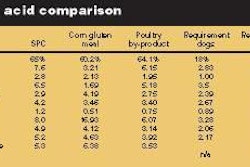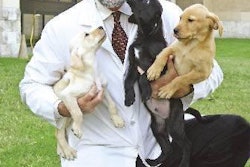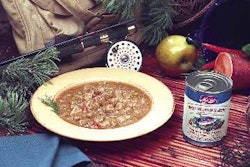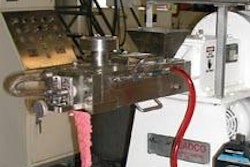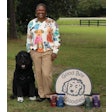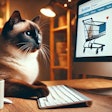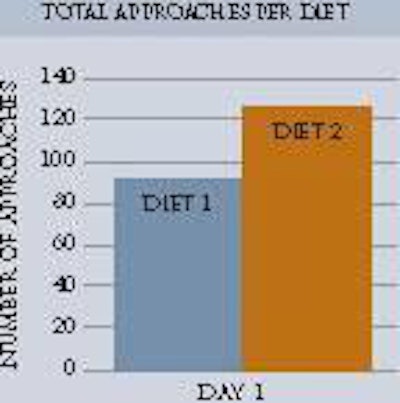
Millions of dollars are spent annually on traditional palatability testing of feline petfoods using antiquated methods that give researchers and product developers just two small tools to work with, consumption and first choice. And, unfortunately in these cases, the cats must spend much of their lives in cages. Now, with a new technology, we have figured out how to collect data from a taste panel residing in a freely-housed group environment.
The application of radio frequency technology has shifted the paradigm and moved preference testing into the 21st century. Radio frequency identification (or RFID) technology significantly increases the number of tools available and, consequently, the amount of knowledge gained from the testing of feline foods. In fact, we legitimately can't call it palatability testing anymore, but instead refer to it as the sensory evaluation of feline foods.
In 2004, Preference Technology, Inc. began the process of adapting RFID to feline preference testing. Because there is no manual or book available that demonstrates how to get from concept to reality, my company did it the "old-fashioned" way and learned by trial and error. The system was christened on December 11, 2005 and its functionality has since exceeded our expectations.
RFID system basics
At our facility, each panel of feline testers wears a special collar equipped with an RFID microchip. The chip identifies each particular animal when it approaches the testing area. Each cat has access to four feeding stations, where RFID and load cell equipment capture every bit of data that make up what we call a "meal event." When cats dine, the data are time stamped and transmitted to a data collection computer. Data are transmitted when the cat is within approximately four inches of the food. The data collection computer is linked to our database server where the raw data can be "sliced and diced" and summarized in a comprehensive report.
As can be seen in Table 1, RFID technology can capture more information than a traditional two-pan test. The flexibility of RFID provides a wider range of information from a colony of animals allowed to roam freely. This provides for a test that more closely mimics "in-home" preference testing.
Using RFID technology
The system's ability to capture data for "approaches/sniffs" is of particular use for aroma development projects. Figure 1 demonstrates how many times a panel of 20 cats approached the feeding stations and sniffed the two diets during a 14-hour feeding period.
As can be seen, Diet 2 elicited a greater number of approaches than Diet 1. The calculated ratio of approaches/sniffs for the diets was 1.0 for Diet 1 and 1.40 for Diet 2. Breaking down the data in this study by hour, it can be seen in Figure 2 that Diet 2 rather consistently aroused more curiosity throughout the 14-hour test period.
Group housing
Cats housed in an RFID setting are allowed to roam freely in their environment. This allows a testing facility to provide a more humane lifestyle for its colony of testing animals. Also, the environment more closely resembles an in-home setting and provides data that more closely resemble a true pet's home life.
Results from numerous tests using the same test foods for group-housed panels and individually-housed panels validate that both groups produce very similar palatability results.
Other RFID capabilities/benefits
There are numerous advantages to using RFID technology in testing feline food preferences. Because data can be recorded for each approach/sniff, RFID testing allows for the use of four bowls rather than just two and panels are capable of testing three or four foods simultaneously.
The use of four bowls allows for a degree of randomizing, which minimizes issues of handedness and bowl placement memorization. Because the feeding stations are designed to accommodate the ability of the cats to discern aromas, considerable aroma-related knowledge is also yielded by the RFID system. The functionality of the system also works very well for treat testing protocols.
The future of RFID in petfood
After having worked with the technology for two years and utilizing the system for a wide variety of tests, I believe the application of RFID technology for the sensory evaluation of feline foods is truly an industry innovation, and its application will expand as we continue to test the capabilities. We are currently contemplating:
I believe the use of this technology will become the standard in the industry over the next several years as manufacturers continue in their quest for the humanization of petfoods.

